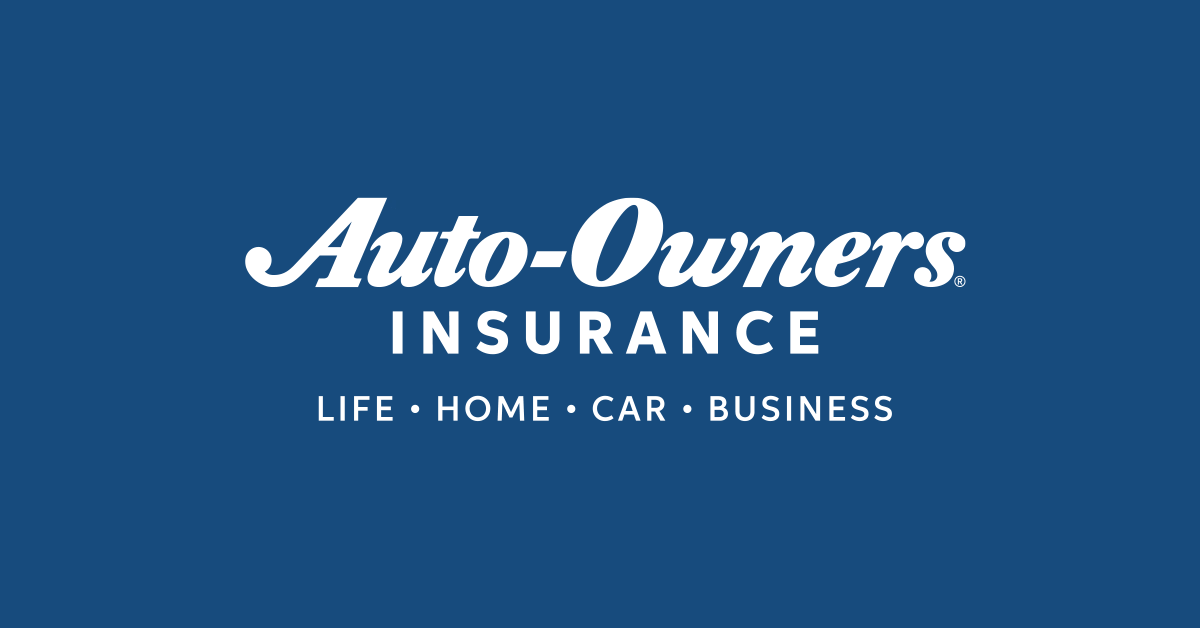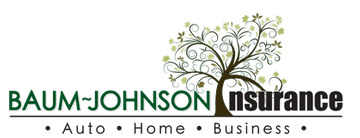Insurance Providers
-

Auto-Owners Insurance
Since 1916 Auto-Owners Insurance has helped people with their insurance needs. We are dedicated to the independent agency system, offering our products through over 6,000 independent agencies in 25 stats. Auto-Owners products are brought to you through caring, knowledgeable professionals who live and work right in your community.
-

Hastings Insurance Company
For well over 100 years, Hastings Insurance Company has built an outstanding reputation based on quality customer service and needed insurance products, backed by sound company finances. We are indeed proud of our past and look forward to a progressive future of serving you.
-

Safeco Insurance
Protecting What Matters Since 1923, Safeco is known for helping people protect the lives they’ve built, but they’re also known for nurturing community involvement. We also want to be known as your insurance company. Let’s protect the life you’ve built together.
-

Progressive Insurance
Insurance for your car, motorcycle, boat or commercial auto, along with competitive rates, advice from your local, dependable, independent insurance agent, and superior claims service. Drive Insurance from Progressive is one of the leading companies in America.
-

Foremost Insurance Company
They offer a wide variety of home, life, specialty, commercial and auto insurance products and services across the United States.
-

Badger Mutual Insurance
They provide their policyholders with security and protection. In 1871, the year of the great Chicago fire, many insurance companies were forced to close because of heavy losses, forcing the remaining companies to be more strict about the risk they accepted. The ensuing restrictions and high rates prompted the formation of our company.
-

Hagerty
It’s all about passion. We have grown to be the global leader for collector car and boat insurance, but we’re still just a family business built on a love for the hobby. Our passion drives us to keep improving our product and to give our clients the best service imaginable.
Breaking It Down
-
• Auto insurance is a policy purchased by vehicle owners to mitigate costs associated with getting into an auto accident. Instead of paying out of pocket for auto accidents, people pay annual premiums to an auto insurance company. The company then pays all or most of the costs associated with an auto accident or other vehicle damage.
• Auto insurance premiums vary depending on age, gender, years of driving experience, accident and moving violation history and other factors. Most states mandate that all vehicle owners purchase a minimum of auto insurance, but many people purchase additional insurance to further protect themselves.
• A poor driving record or the desire for more complete coverage will lead to higher premiums. However, you can reduce your premiums by agreeing to take on more risk, which means increasing your deductible.
• In exchange for paying a premium, the insurance company agrees to pay your losses as outlined in your policy. Coverages include:
Property — damage to or theft of your car
Liability — legal responsibility to others for bodily injury or property damage
Medical — costs of treating injuries, rehabilitation and sometimes lost wages and funeral expenses
-
Property insurance is a broad term for a series of policies that provide either property protection coverage or liability coverage for property owners. Property insurance provides financial reimbursement to the owner or renter of a structure and its contents in case there is damage or theft—and to a person other than the owner or renter if that person is injured on the property.
Property insurance can include a number of policies, such as homeowners insurance, renters insurance, flood insurance, and earthquake insurance. Personal property is usually covered by a homeowners or renters policy. The exception is personal property that is very high value and expensive—this is usually covered by purchasing an addition to the policy called a "rider." If there's a claim, the property insurance policy will either reimburse the policyholder for the actual value of the damage or the replacement cost to fix the problem.
Perils covered by property insurance typically include select weather-related afflictions, including damage caused by fire, smoke, wind, hail, the impact of snow and ice, lightning, and more. Property insurance also protects against vandalism and theft, covering the structure and its contents. Property insurance also provides liability coverage in case someone other than the property owner or renter is injured while on the property and decides to sue.
Property insurance policies normally exclude damage that results from a variety of events, including tsunamis, floods, drain and sewer backups, seeping groundwater, standing water, and a number of other sources of water. Mold is usually not covered, nor is the damage from an earthquake. In addition, most policies will not cover extreme circumstances, such as nuclear events, acts of war or terrorism.
There are three types of property insurance coverage: replacement cost, actual cash value, and extended replacement costs.
Replacement cost covers the cost of repairing or replacing property at the same or equal value. The coverage is based on replacement cost values rather than the cash value of items.
Actual cash value coverage pays the owner or renter the replacement cost minus depreciation. If the destroyed item is 10 years old, you get the value of a 10-year-old item, not a new one.
Extended replacement costs will pay more than the coverage limit if the costs for construction have gone up; however, this usually won't exceed 25% of the limit. When you buy insurance, the limit is the maximum amount of benefit the insurance company will pay for a given situation or occurrence.
-
• Commercial lines insurance includes property and casualty insurance products for businesses. Commercial lines Insurance helps keep the economy running smoothly by protecting businesses from potential losses they couldn’t afford to cover on their own, which allows businesses to operate when it might otherwise be too risky to do so.
• Commercial lines insurance include products, such as commercial auto insurance, workers compensation insurance, federal flood insurance, aircraft insurance, ocean marine insurance, and medical malpractice insurance. Commercial lines protect businesses against potentially devastating financial losses caused by accidents, lawsuits, natural disasters, and other adverse events. Available coverages and premium costs vary by business type, size, and location.
• While all commercial lines share some similarities, each policy will be tailored for the type of business being covered and the client’s unique needs. Suppose a structural engineering firm needs professional liability insurance. An insurance policy could protect the company against claims of negligence in creating a building’s plans, performing inspections, and supervising construction, as well as against claims of failure to render professional services. The firm could purchase general coverage as well as specific, additional coverage for each project, plus coverage for punitive damages.
• Commercial lines aren’t just for large corporations. Even a small, home-based business might need one or more commercial lines because homeowners insurance provides limited or no insurance for business activities. For example, a home business might need commercial auto insurance for a company-owned delivery vehicle, workers compensation insurance for the employee who drives the vehicle, property insurance to cover business goods stolen from the home or vehicle and liability insurance to protect against claims by any client who claims the business’s product harmed them.
-
• Life insurance is a contract between an insurer and a policyholder in which the insurer guarantees payment of a death benefit to named beneficiaries upon the death of the insured. The insurance company promises a death benefit in consideration of the payment of premium by the insured.
• The purpose of life insurance is to provide financial protection to surviving dependents after the death of an insured. It is essential for applicants to analyze their financial situation and determine the standard of living needed for their surviving dependents before purchasing a life insurance policy. Life insurance agents or brokers are instrumental in assessing needs and establishing the type of life insurance most suitable to address those needs. Several life insurance channels are available, including whole life, term life, and universal life. It is prudent to re-evaluate life insurance needs annually or after significant life events like marriage, divorce, the birth or adoption of a child and major purchases, like a house.
• There are three major components of a life insurance policy:
Death Benefit is the amount of money the insurance company guarantees to the beneficiaries identified in the policy upon the death of the insured. The insured will choose their desired death benefit amount based on estimated future needs of surviving heirs. The insurance company will determine whether there is an insurable interest and if the insured qualifies for the coverage based on the company’s underwriting requirements.
Premium payments are set using actuarially based statistics. The insurer will determine the cost of insurance (COI), or the amount required to cover mortality costs, administrative fees and the other policy maintenance fees. Other factors that influence the premium are the insured’s age, medical history, occupational hazards and personal risk propensity. The insurer will remain obligated to pay the death benefit if premiums are submitted as required. With term policies, the premium amount includes the cost of insurance (COI). For permanent or universal policies, the premium amount consists of the COI and a cash value amounts.
Cash value of permanent or universal life insurance is a component which serves two purposes. It is a savings account, which can be used by the policyholder, during the life of the insured, with cash accumulated on a tax-deferred basis. Some policies may have restrictions on withdrawals depending on the use of the money withdrawn. The second purpose of the cash value is to offset the rising cost or to provide insurance as the insured ages.
